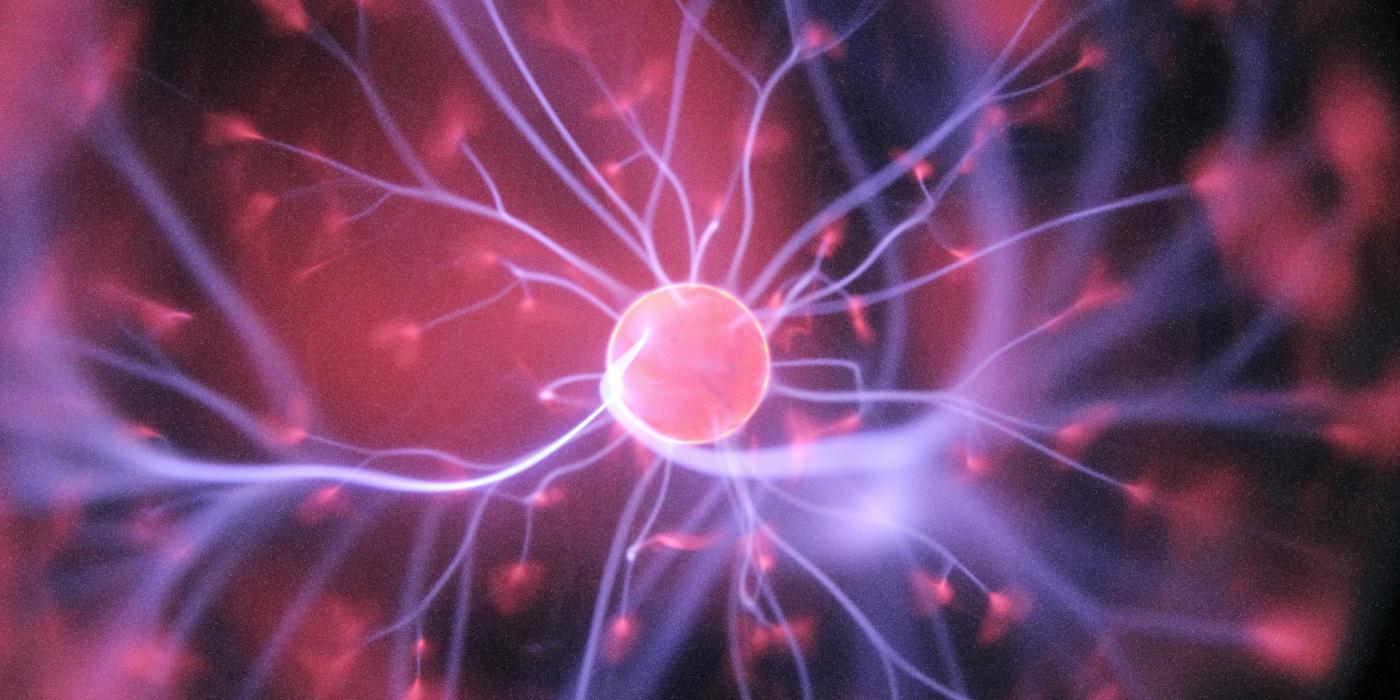
Social media presents a special case of persuasive technology where psychological levers are poked and prodded again and again, often without our conscious awareness. Here are some of the most prominent examples.
The evolved biology of our brains serves us well in many ways, but it also has vulnerabilities that can be exploited. Persuasive technology pushes many of these buttons, shapes attitude and behaviour, leveraging our vulnerabilities for industry profits.
Our brains are more porous than we tend to believe. We shape our environment, and for better or worse, our environment shapes our brains. When we use technology over and over again, it begins to train us: our thoughts, emotions, motivation and attention start to mimic what the technology was designed to produce. This creates a pattern of neural activity that makes it more likely to persist in that behaviour, even if it is harmful.
We don't click on content randomly: many designs deliberately exploit the way our brains work to encourage the compulsive behaviour associated with social media.
These are some examples of how social media reshapes our brains.
Making trivial things seem urgent
Because our attention span is limited, the brain has to decide what is important at any given moment. This is helped by a network in the brain that recognises and alerts us to patterns and discrepancies. In other words, when it notices anomalies, it is signalling us that the brain needs to turn its attention to some new external source.
Social media notifications (vibrations, red dots, flashing lights, banners) constantly trigger our network, fooling us into thinking that something new is important. Most of the time, network notifications act as false alarms, hampering our ability to focus on the things that really matter.
We seek stimuli without fulfillment
People want things and when we get them, we enjoy them. However, the brain circuitry associated with desire is much more powerful than the one associated with enjoyment. Sometimes the brain circuitry associated with desire becomes over-sensitive and we get caught in an endless loop of searching. When this happens, our desires become disconnected from what we actually enjoy.
Technology often harnesses the power of desire, offering endless possibilities for exploration but few experiences that satiate. We may be satisfied for a short time, but we will not find long-term satisfaction. Our tolerance increases and we need more to achieve the same effects. That results in constantly clicking and scrolling through social media, mindlessly consuming content, often with minimal cognitive control of the brain.
We are forced to multitask
Our brain's capacity to process information is astonishing: billions of neurons interact, talk to each other and activate large networks to manage different life demands. But our brain resources are limited: the quality of our attention can easily deteriorate. When we frequently shift our attention from one task to another, we experience 'attention residue', where thoughts about the previous task get in the way of full attention on the current task.
Social media foster this multitasking, which affects our cognitive control, our emotions and ultimately our brains. These platforms keep us constantly busy, triggering repetitive, automated behaviour and weakening activation in the prefrontal regions of the brain.
A National Academy of Sciences working group has found that media multitasking among young people is associated with poorer memory, greater impulsivity and changes in brain function. That's why it's a good idea to disconnect from social media every now and then and avoid flooding all our brain's channels.

Fear and anxiety are on the rise
Negative information attracts more attention and shapes emotions and behaviour more strongly than positive information. Our brains process negatively valued information, especially fear-related stimuli, more quickly and thoroughly than positive information. It is therefore not surprising that content on social media that causes fear, anger or disgust spreads much faster than positive content.
Encouraging constant social comparison
It is normal, that we assess our worth by comparing ourselves to others. The habit of social comparing sometimes spurs us on to achieve more, but more often comparisons lead to unpleasant feelings: envy, shame, anxiety or a sense of missed opportunities. Social media dramatically escalates the scope for social comparisons. Likes, comments and other affirmations we receive on social media activate reward-related brain circuits, which can lead to compulsive comparison and self-doubt.
Telling us what we want to hear
Social media algorithms learn about our preferences based on our app use and personalise and target the information we receive. When we have an opinion, we seek out information that supports that opinion and reject information that might contradict it. When algorithms confirm what we want to believe by showing us content that supports our opinions, we can become even more polarised in our beliefs and lose the sense of being a cohesive social group with shared understanding.
Guidelines:
- Turn off notifications. This way, you will use social media intentionally and not autiomatically when an invitation comes from the outside.
- At least once a week, completely disconnect from social media for a day.
- Use apps that help control your screen time and encourage productive use (e. g. Flux, News Feed Eradicator, FlipD, Freedom, Insight Timer, etc. ).
- Try to search for information and follow profiles that don't necessarily match your opinion.
- When you disagree with someone on social media, respond with empathy instead of anger or frustration. Don't get into arguments in comments or posts.
- Limit your use of social media in the morning and evening.
- Use an alarm clock – not having your phone in the bedroom will help you get through the morning without using social media.
- Focus on the positive. Take screenshots of positive messages you receive or posts that impacted you positively and save them in a folder on your phone. Technology distorts the way our brains receive feedback and we can combat this by remembering positive information.
Source: Center for Humane Technology
